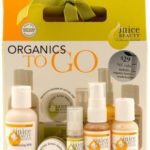
What to check for in water resistant sunscreens
My husband has been training for some marathons and sometimes swim under the hot scorching sun when the UV index is about 13 or 14. Normally, he uses La Roche-Posay Anthelios XL SPF50+ on his face and neck only but recently, I helped him apply UV Natural Sunscreen SPF30+ on his entire body because the formulation is highly water resistant. In addition, I got him to take two of the Heliocare oral sunscreen protection capsules. So eventually when I checked him, he was not burned, but did appear slightly darker. However, he complained that it was difficult to wash off.
Do not contain emulsifiers and are water insoluble
I found out that in order to provide proper protection when exposed to water, sunscreens that are labelled as water resistant are very difficult to wash off because they’re not water-soluble. Hence, most good sunscreens that are of water resistant formulas have no emulsifiers, because this allows the cream to stay on the skin until you wash it off with soap. Either that or the formulation is characterized by a water insoluble film so as to create a longer lasting effect and the product has the same protective action during and after swimming.
Bottom line: So if you’re using a sunscreen that is easy to wash off with just water, despite being labelled as waterproof or water resistant, it is not going to provide you with adequate protection when you use it for swimming.
Contain alcohol for easy re-application
Until I applied the UV Natural Sunscreen on my husband, I didn’t realize that it is quite difficult to rub on and I discovered that this is because it does not contain alcohol as formulations using alcoholic solution allows for multiple coatings to be readily applied (source). According to the FDA, a “water-resistant†sunscreen loses its SPF protection after around 40 minutes of water exposure whereas a “water proof†sunscreen loses its SPF protection after 80 minutes of water exposure. So even though it is stated on UV Natural Sunscreen that it is water resistant for up to 2 hours, it is better to re-apply after 40 minutes. However, the formulation makes it difficult to do so properly.
Bottom line: So if you’re getting a water resistant sunscreen, consider one containing alcohol which makes re-application a breeze.
Comments
Leave a Reply
You must be logged in to post a comment.

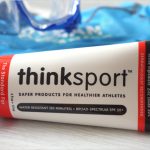
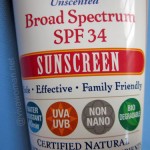









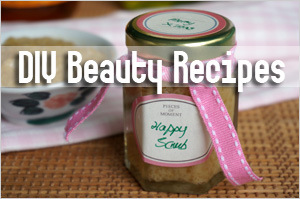

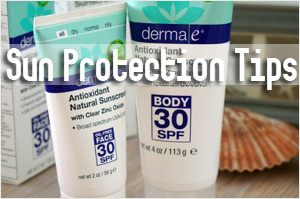
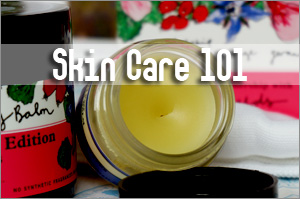
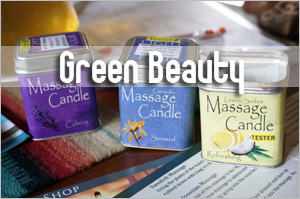
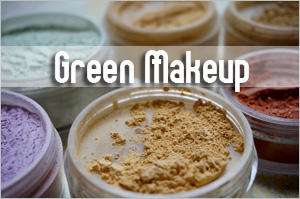
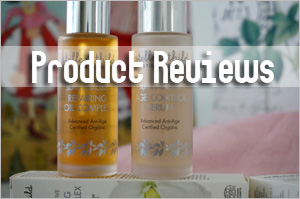
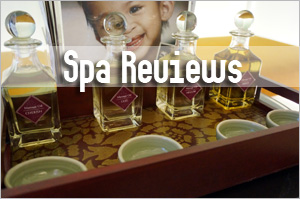
I was advised to use Eucerin Shower Oil/Gel to wash off the body sunscreen. Maybe this might help your husband…
Oh Eucerin? I quite like this brand of products so I’ll be checking out. Thanks for the info!
hmm interesting post on water resistent Vs non water resistent sunblock.. I want the longer SPF protection from water resistent sunblock but prefer the lighter texture of the non water resistent one… oh man… wat a fix! haha
I prefer normal sunscreen for everyday use. The potential of pore clogging is much lesser. Also, I don’t have issues with perspiration on my face.
Rub on sunscreen? Oh I thought we’re suppose to pat the sunscreen until it is completely absorbed.
I always use baby oil to wash off my sunscreen on my body. Then I’ll use soap (natural). Sort of like a double cleansing for the body. =) OTT?
It’s hard to pat on for this sunscreen because it doesn’t go on that smoothly on big areas. I can’t pad for sure.
I’m glad to see someone addressing sunscreen. I just wanted to clarify a few things. First, all sunscreens contain emulsifiers, the definition being something that helps to blend together two ingredients and stabilize the emulsion or mixture. Good “Very Water Resistant” mixes usually use wax or oil compared to water or alcohol. I use the phrase “Very Water Resistant” because it is a technical term denoting an 80-minute efficiency of the labeled SPF, “Water resistant” implies 40-minute of practical use between reapplication.
Furthermore, the active ingredients in sunscreen are a big part of what makes it water resistant and are not water soluble. What it comes down to is how well the lotion keeps them in place during use and usually formulas that use beeswax are the best for long term use.
Lastly, your husband will always get some color. There is no such thing as a “sunblock” only filters or screens. Some sun will always get in and this will cause a tan. The SPF rating on the bottle indicates the products ability to prolong the time he spends in the sun without burning. It is a multiplication table, if he can stay out for ten minutes before burning without sunscreen then he can stay out for 300-minutes with an SPF30. At this point there is no oral sunscreen approved by the FDA and those on the market are not effective. Taking them is simply introducing substances to the body that it really doesn’t need. All sunscreens are encouraged to recommend reapplication every 40 minutes or after toweling off, swimming, etc… There is no such thing as “waterproof” or “all day protection”, these are marketing terms. Similarly there is no such thing as “organic”, “Natural”, or “chemical-free” sunscreen. Again these are marketing terms abused in an unregulated industry (FDA guidelines are not finalized and until they are the rules are really just recommendations). Google a recent article for more info on that mess
SPF: Sun Protection Facts or Fictions?
By Nadim A. Shaath, PhD.
Alpha Research & Development Ltd.